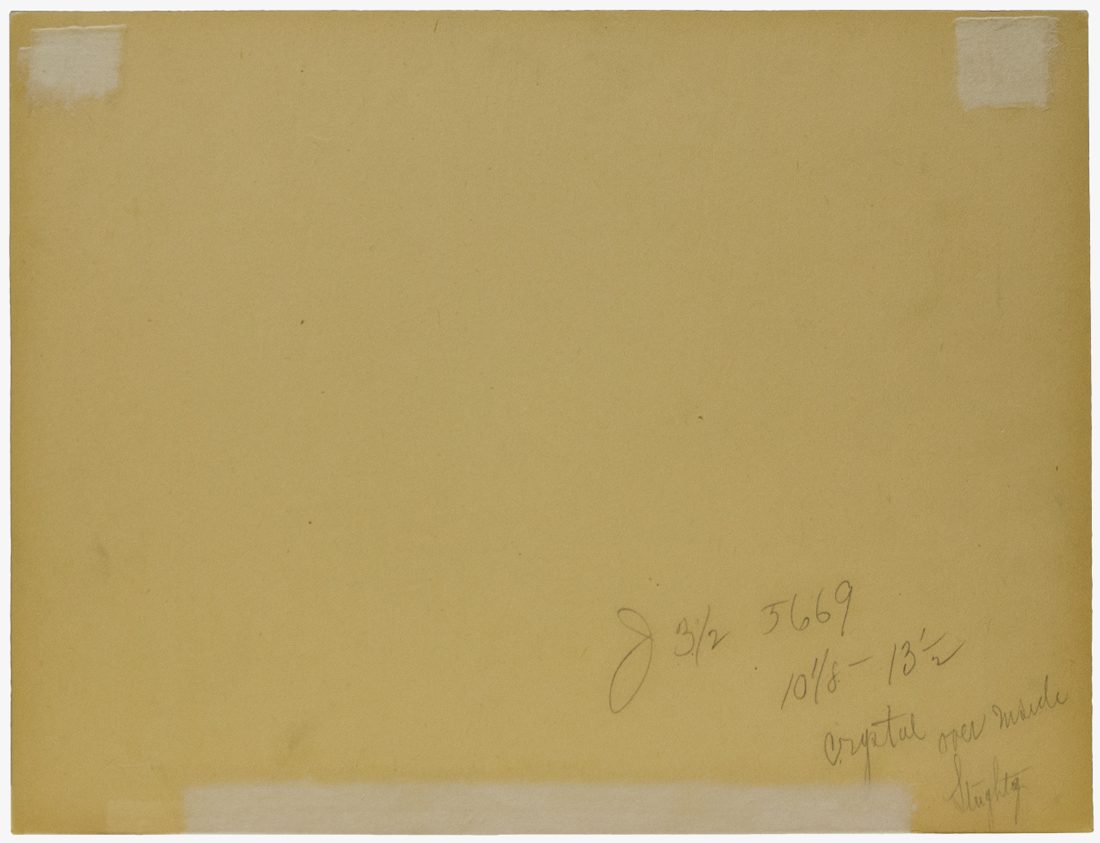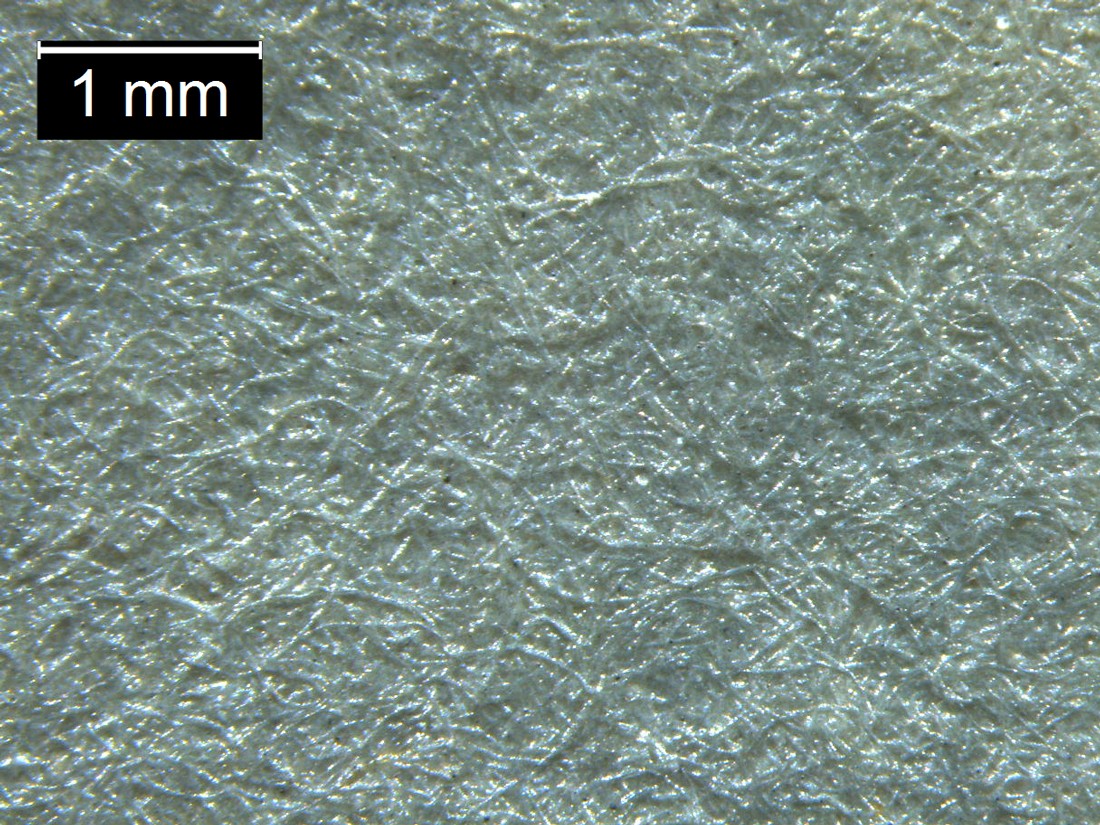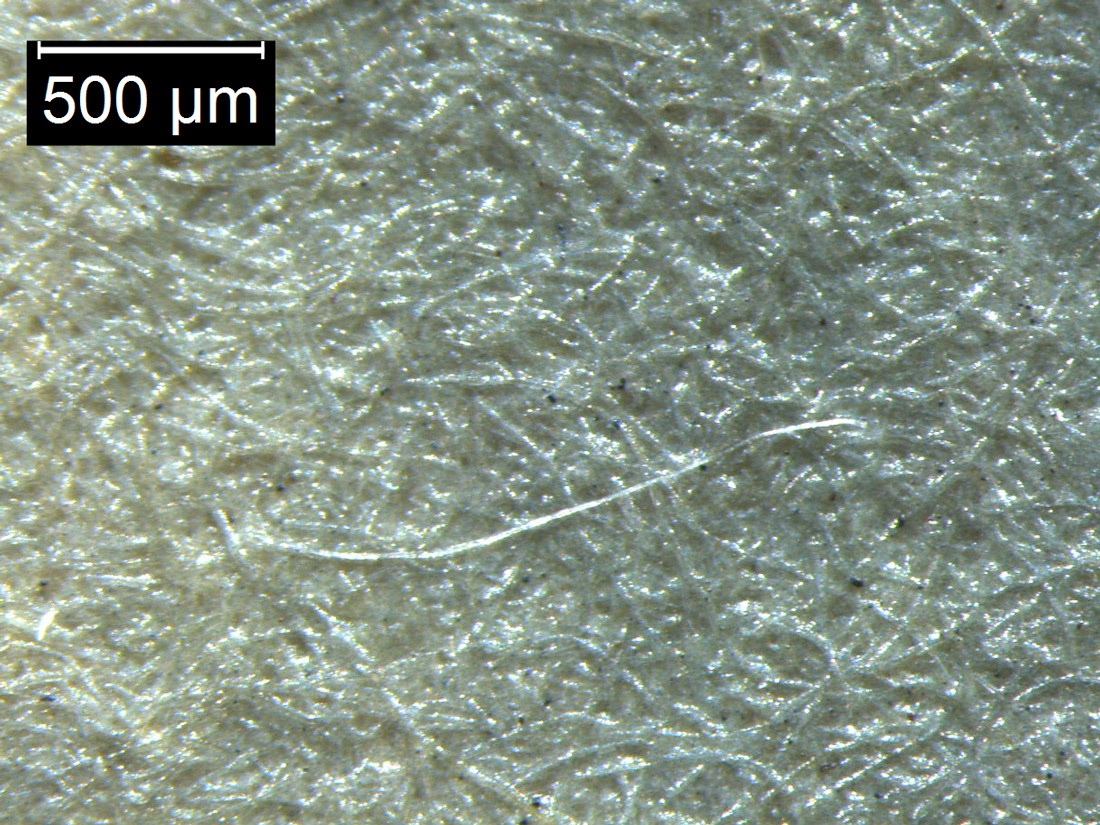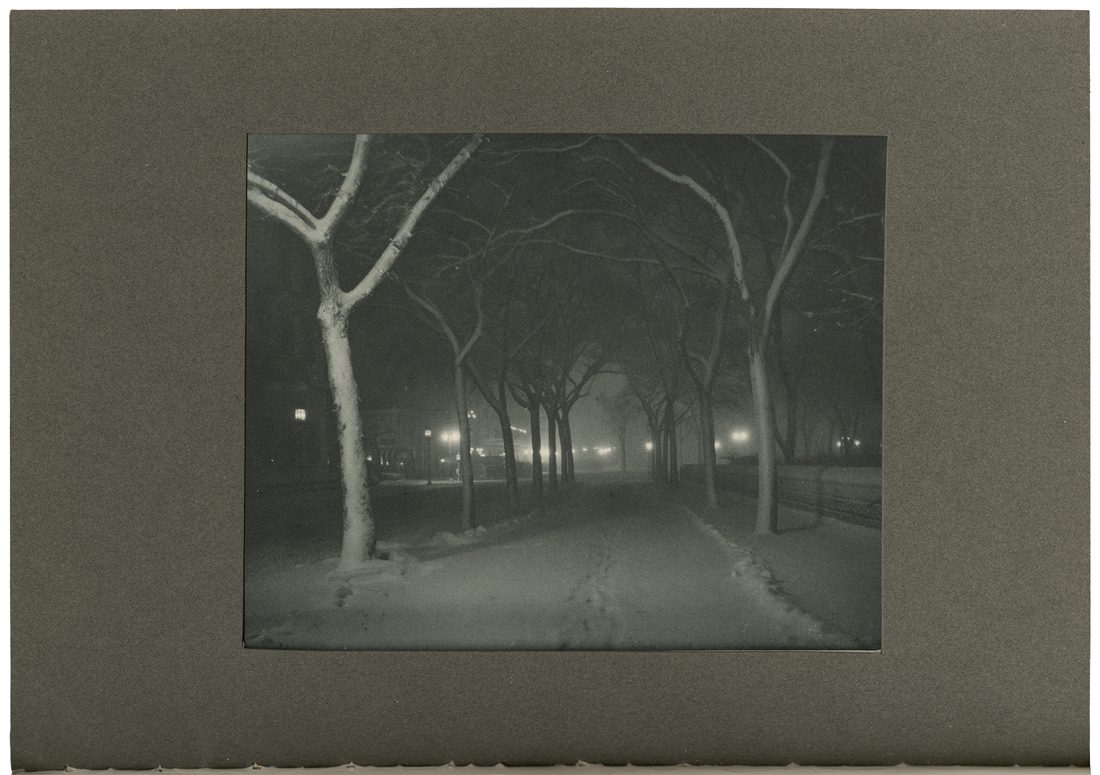-
 Recto of print
Recto of print -
 Verso of original mount
Verso of original mount -
 Photomicrograph showing print surface (scale bar is in millimeters)
Photomicrograph showing print surface (scale bar is in millimeters) -
 Photomicrograph showing print surface (scale bar is in micrometers)
Photomicrograph showing print surface (scale bar is in micrometers) -
 Exhibition view showing a print of the work in American Pictorial Photography (1902)
Exhibition view showing a print of the work in American Pictorial Photography (1902) -
 A photogravure reproduction of this work in Camera Work
A photogravure reproduction of this work in Camera Work
Alfred Stieglitz (American, 1864–1946)
An Icy Night, New York, 1898
Alfred Stieglitz Collection, 1949.689
After the English photographer Paul Martin showed his night photographs at the 1896 Royal Photographic Society exhibition and published his methods in the Amateur Photographer, night photography—taken without the benefit of additional gas or electric light—found many adherents. Stieglitz also tried his hand at the technique and was proud to report that in contrast to Martin’s exposure time of a half hour, his was a mere 58 seconds. Stieglitz’s innovation was to embrace, for pictorial purposes, what Martin attempted to conceal: “Paul Martin’s work shows an entire lack of halation around his lights, which, although speaking well for his technical skill in mastering the photographic bugbear halation, is a decided shortcoming from a pictorial point of view. We do not wish to say that halation galore improves night-work in which the illuminating source is included, but a certain amount of it certainly gives a more sincere and picturesque rendering of he object itself.”[1] Handwritten pencil notations on the verso referring to framing dimensions indicate that this was likely an exhibition print.
Additional resources related to this object are to the right. Comprehensive material analysis can be found in the Object Research PDF.
[1] Alfred Stieglitz, “Night Photography with the Introduction of Life,” American Annual of Photography and Photographic Times Almanac for 1898, reprinted in Richard Whelan, ed., Stieglitz on Photography: His Selected Essays and Notes (Aperture, 2000), p. 83.
Related Glossary Pages
Artists
Alfred Stieglitz
Through his own photographic work over the course of a half century, the journals he read more
Processes
Carbon Print
Introduced in the mid-1850s, carbon prints are the result of a transfer process. First, a read more
Galleries
Little Galleries of the Photo-Secession/291
The Little Galleries of the Photo-Secession—later known as 291—began as a place to display and read more
Galleries
Anderson Galleries and the Intimate Gallery
With the closure of the gallery 291 in 1917, Alfred Stieglitz found himself without a read more
Galleries
An American Place
At his last gallery, An American Place, Stieglitz welcomed a stream of visitors who wanted read more
Journals
Camera Notes
In 1896, when New York’s two leading amateur camera clubs merged to create the Camera read more
Journals
Camera Work
Stieglitz had edited two previous publications—The American Amateur Photographer and Camera Notes—before deciding in 1902 read more
Themes
Materials Research
As part of the research related to this site, forty-four photographs from the Art Institute’s read more
Themes
Pictorialism
The international movement known as Pictorialism represented both a photographic aesthetic and a set of read more
Themes
The Photo-Secession
Following the model of other artistic secessions in Europe around the turn of the century—notably read more
Stieglitz Series
Early Work
As a young man Alfred Stieglitz studied photochemistry in Berlin, and he returned to New read more
Stieglitz Series
New York Views
Beginning when he was a young man newly returned from studying in Germany and continuing read more
Object Research
Key Sources
In: Camera Notes 5, 2 (October 1901)
In: Camera Work 4 (October 1903)
Exhibited: New York, 1899
Exhibited: London, 1899
Exhibited: Philadelphia, 1899
Exhibited: Hamburg, 1899
Exhibited: Chicago, 1900
Exhibited: New York, 1902
Exhibited: Leeds, 1902
Exhibited: Turin, 1902
Exhibited: Hamburg, 1903
Exhibited: San Francisco, 1903
Exhibited: Bradford, 1904
Exhibited: Washington, D.C., 1904
Exhibited: Pittsburgh, 1904
Exhibited: Dresden, 1904
Exhibited: Vienna, 1905
Exhibited: Buffalo, 1910
Exhibited: New York, 1921
Exhibited: New York, 1932
Exhibited: Philadelphia, 1944In Other Stieglitz Collections
